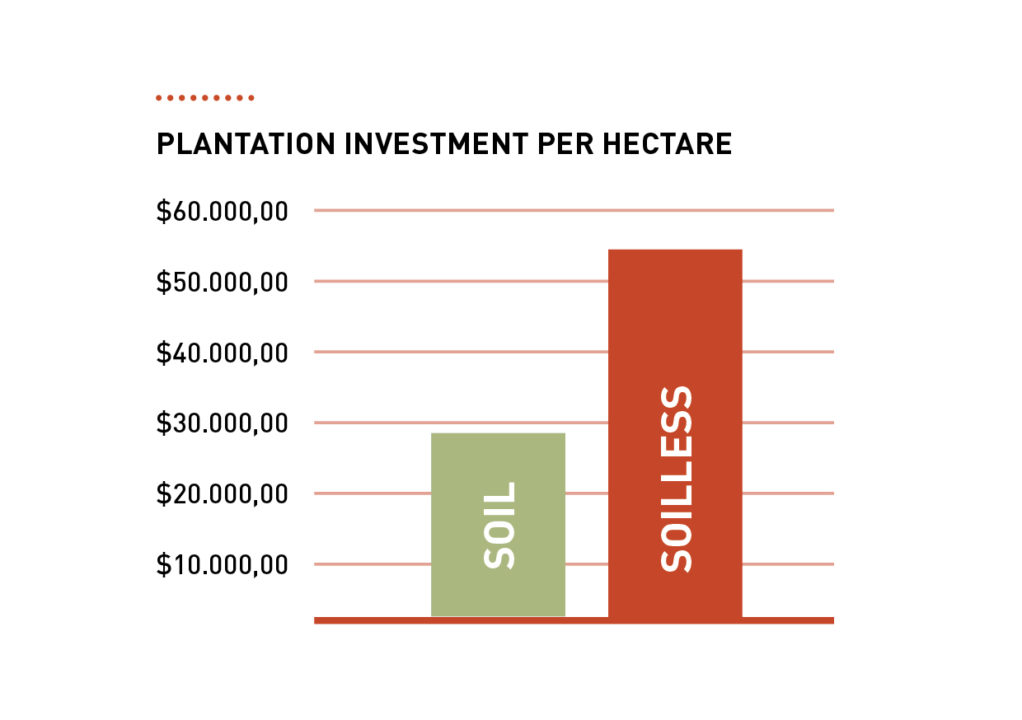Looking At Loss Leaders
Retailers were more aggressive kicking off spring. That in itself is good, because we all knew this would be a tough year to draw consumers into stores and spend money on more than absolute necessities. Given the state of national and local economies, this is not a year to be complacent.
Lowe’s television commercials received rave reviews, as viewers marveled at masses of bedding plants parading down the street like a magic carpet. This was a significant investment by Lowe’s and a strong vote of confidence for plants as a product category.
Home Depot aired its share of television and radio commercials with the slogan, “More saving. More doing.” Notice the passive sentence construction emphasized the word “More.” Being an editor, I keep wanting to change it to, “Save more. Do more.”
But what really caught everyone’s attention were the three-for-a-dollar and 33-cent annuals promotions at Home Depot and Lowe’s. We first reported it in Jerry Montgomery’s March 21 retail report for Tampa, Fla., where he visited seven Home Depots, six Lowe’s stores, five Walmarts, one Sam’s Club and a Costco.
We were warned by one of our advisors on the garden center side that we should be careful reporting this kind of pricing news, when Florida has a reputation for much lower pricing than the rest of the country. But we soon learned about similar promotions all the way up the East Coast.
Lloyd Traven of Peace Tree Farm included more commentary on it in his weekly rant to customers, which we published online April 8. Traven asked, “By the way, did any of you catch the Home Depot promotion going on: 4-inch annuals, three for a dollar? Hot diggity, we’re all going to be rolling in the money with that deal. Of course it was limited to 60 pots, to prevent those pesky landscapers from going in and cleaning off the benches. But don’t most homeowners buy maybe 60 plants, too? Twenty dollars a season? We’ll ALL go out of business that way!”
This provoked a flood of responses on both sides, an exchange of at least 30 comments over the next two days. It truly was a case of large growers who serve the box stores pitted against those who serve independents, even with a few personal attacks. These were fighting words!
The large growers believed using the annuals as a loss leader was an effective strategy to bring people in the store early and there was nothing wrong with a temporary, blowout bonanza on price. “Each retailer had several stores where the 4.5-inch annual displays were completely empty, so the promotion obviously worked,” Montgomery says.
Yes, it worked, but at what cost or real price to our industry? That’s what concerns Traven and others. “We need to convince the consumer of the value of the product in order to get a fair return,” Traven says. “Unfortunately, we have now established, in some markets, 33 cents as the value. The last thing that makes sense for our industry is to push out an artificially low discount.”
One loss leader strategy the box stores could use that’s effective in supermarkets is buy one, get one (BOGO), which still preserves a pricepoint for the product. If a pint of strawberries is $2.99 and they are BOGO, I feel like I saved $3, not like they were priced at $1.50. Even if Home Depot did “buy one get four free,” that would be better than three for a dollar, which is essentially, buy one, get six or eight free. There are many ways to do loss leaders and still keep perceived value intact.









